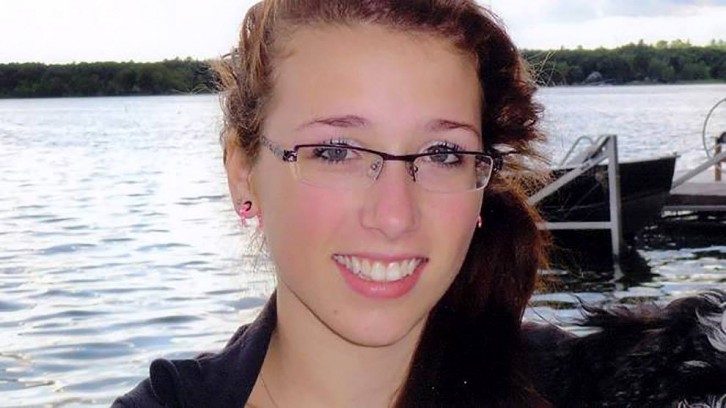Rehtaeh Parsons
‘Human error’ caused investigation delays in Rehtaeh Parsons case
Investigation into police handling of the Rehtaeh Parsons case finds missteps in otherwise “diligent and thorough” investigation

caption
Murray Segal on left, who lead the review.
caption
Murray Segal on left, who lead the review.A review into the investigation of the Rehtaeh Parsons case concluded that police and the prosecution were slow to press charges, but acted reasonably because of the unusual circumstances surrounding the case.
Former chief prosecutor and deputy attorney general of Ontario, Murray Segal, was asked to look into the procedures regarding cyberbullying, child pornography and sexual assault in the Rehtaeh Parsons case to see if the investigation was sufficiently followed.
The police were “diligent and thorough” in their investigation said Segal, but blamed “human error” for a delay in the charges.
In November 2011, 15-year-old Rehtaeh Parsons attended a party where her family alleged she was sexually assaulted by four teenage boys.
While she was intoxicated, sexually explicit photos were taken of her and they were circulated around her high school.
Charges weren’t brought against the boys until August 2013, four months after Parsons committed suicide for being bullied about the photos.
Photos
The police couldn’t tell if the people in the photos were under 18 or if they had consented to the photos being taken, making the process to press charges slow.
According to the report, “the police tried to check with school authorities, but the school wouldn’t allow police investigation to be carried out at school property because the incident didn’t occur there.”
Improperly interviewed
The report also states the approach in interviewing Parsons was “problematic.”
Rehtaeh’s mother was present in the first interview, which is considered improper procedure because the child might be unwilling to upset the parent by the details of the incident.
The first interview was described as “detailed,” however only handwritten notes were taken.
The report called this “concerning” because handwritten notes are often “not a direct account of what the witness has said.”
A second lengthy interview was conducted, which the report says had the potential to re-victimize and re-traumatize Parsons.

caption
Rehtaeh ParsonsTechnological misunderstandings
Part of the delay in pressing charges was the police’s unfamiliarity with fast-developments in technology and social media.
Segal says in 2011 cyberbullying was a fairly “new phenomenon” and not recognized as part of the criminal code as of today.
Attorney General and Minister of Justice Diana Whalen gave a statement at the end of Segal’s review, where she said that “our laws haven’t kept pace with technological changes.”
According to the report, a basic training should be provided for officers on understanding how technology and social media can be used as investigative tools.
Recommendations
The report listed 17 recommendations, one of which advised that the relationship between police and school should be strengthened to make information more accessible.
Another recommendation was that youth cases should be prioritized by police over cases involving adults, so that they can be dealt with more quickly.
Whalen hopes these recommendations will prevent cases like Parsons “from drag[ing] and tak[ing] as long as they have.”
